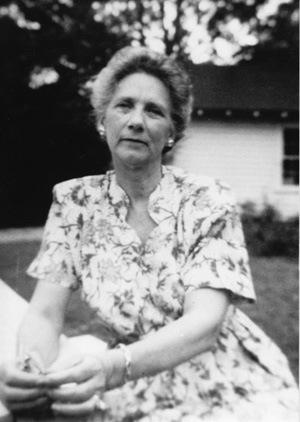
The history of conservation in Mississippi can be traced to early days of American
independence, when famed naturalist and explorer William Bartram made his first
travels in the state in the 1770s and naturalist and artist John James Audubon began
work on his Birds of America opus in the 1820s. Other naturalists continued the
first surveys of Mississippi’s plant and animal life through the 1800s. Later in
the century, they witnessed the first wholesale clearing of vast hardwood forests
along the Mississippi River and similar destruction of pine forests in the southern
part of the state.
Enough of the great bottomland forests of the Delta remained to attract President
Theodore Roosevelt to hunt bears in 1902 near Onward with famed guide Holt Collier.
The now infamous hunt led to the creation of the popular “Teddy Bear” toy, and today
it inspires efforts to return a healthy black bear population to the region.
By the 1920s, biologists such as Aldo Leopold began realizing that wholesale habitat
clearing in Mississippi meant wholesale loss of wildlife. Species such as the Carolina
parakeet, ivory-billed woodpecker and passenger pigeon were disappearing from Mississippi
and elsewhere. So, too, were white-tailed deer, wild turkey and wood ducks, three
of the most sought-after game species.

At the same time, Crystal Springs native Frances A. “Fannye” Cook was leading a
drive to create the state’s first wildlife laws. By 1932, her efforts led to the
creation of the Mississippi Game and Fish Commission, now the state Department of
Wildlife, Fisheries and Parks. Soon after, the State Wildlife Museum came to be.
Today the Mississippi Museum of Natural Science, led by Libby Hartfield, remains
a leader in conservation education and the documentation of the state’s plant and
animal life.
Several decades later, the state’s deer herd was recovering. Land conservation was
taking hold along with the emergence of the American environmental movement. A network
of national wildlife refuges, national forests and state wildlife management areas
was expanding. By the 1970s, Mississippians such as Bill Quisenberry, a top state
wildlife official, began working with private conservation groups to score nationally
important conservation victories such as the establishment of the Pascagoula River
Wildlife Management Area. Today, the Pascagoula River remains as the only large,
unimpeded river in the lower 48 states.
By the mid-1980s, Congress began enacting important conservation incentives for
private landowners in the federal Farm Bill, including the Wetlands Reserve Program
and the Conservation Reserve Program. Such efforts were advocated by private conservation
groups. As voluntary conservation became more popular among private landowners,
a group of Mississippians formed the Mississippi Fish and Wildlife Foundation, commonly
called Wildlife Mississippi, in 1997. Today, Wildlife Mississippi is a leader in
the pursuit of voluntary, incentive-based conservation. Less than 15 years after
its formation, Wildlife Mississippi has protected, restored or enhanced approximately
365,000 of wildlife habitat in the state.